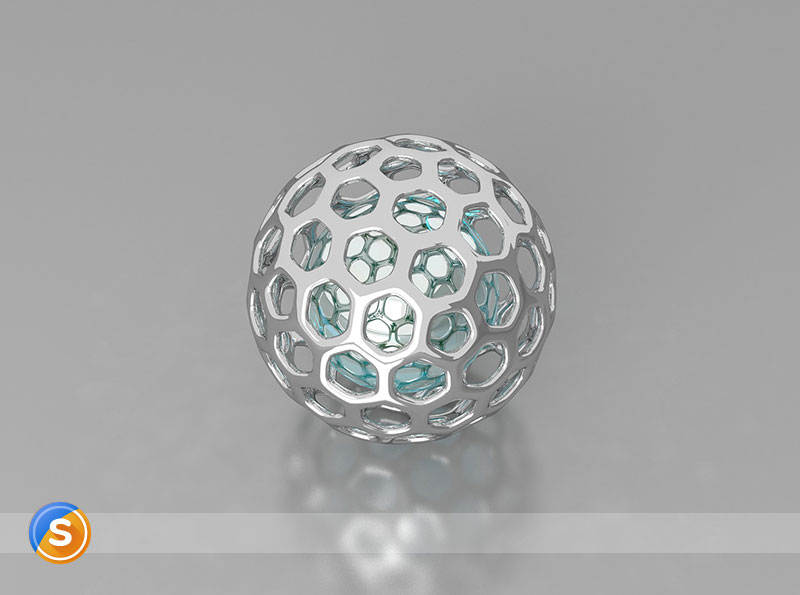
Table of Contents
Molar Mass
The masses of atoms and molecules are very small, therefore, as a unit of measurement, it is convenient to choose the mass of one of the atoms and express the masses of the remaining atoms relative to it. This is exactly what the founder of the atomic theory, Dalton, did. He compiled a table of atomic masses, assuming the mass of the hydrogen atom per unit.
Under normal conditions, aluminum is a substance of a silvery white color. It can be easily stretched into the wire and rolled into thin sheets. A thin layer of oxide quickly covers aluminum in air.
The molar mass of aluminum is 26.9815 g / mol. This value is the mass of one mole of aluminum. It is equal to its molecular (or atomic) mass and is expressed in atomic mass units. Due to the fact that aluminum cannot be converted to a gaseous state, the molar volume cannot be used to determine its molar mass.
Where People Can Use Aluminum
Aviation Industry
Nowadays, aluminum can be found everywhere. It is used in any sphere of human activity. This metal is universal and has many advantages
Aluminum and its alloys are used in many fields of industry and technology, for example, in the aviation and automotive industries. Aluminum is also widely used in other branches of modern life: instrument making, chemical industry, production of consumer goods, etc.
In the aircraft industry, aluminum has become the main metal because its use solved the problem of reducing the mass of vehicles and dramatically increased the efficiency of aircraft use. Aluminum and its alloys are used to produce aircraft, engines, blocks, cylinder heads, crankcases, gearboxes, pumps and other parts of airplanes.
Electrical Industry
Aluminum is used to make cables, bus bars, capacitors, and AC rectifiers in the electrical industry. In the instrument making industry, it is used in the production of cinema and photographic equipment, radiotelephone equipment, various instrumentation, etc.
Industrial Chemistry
Aluminum is widely used in the manufacture of equipment for the production and storage of organic substances and food products due to its high corrosion resistance. Aluminum foil has become a very common packaging material, as it is much stronger and cheaper than tin. It has become widely used for making containers for preserving and snoring agricultural products. However, storage is not limited to small jars. Aluminum is used for the construction of granaries and other fast-erecting structures, which are in demand in agriculture.
Military Industry
Aluminum is widely used in the military industry too, namely, in the construction of aircraft, tanks, artillery systems, rockets, incendiary substances, and for many other purposes. Aluminum of high purity is widely used in such new fields of technology as nuclear power, semiconductor electronics and radiolocation. Aluminum is widely used as an anti-corrosion coating: it perfectly protects metal surfaces from the effects of various chemicals and atmospheric corrosion. Another useful property of aluminum – its high reflectivity – is widely used too. Therefore, various reflecting surfaces of heating and illuminating reflectors and mirrors are made of it.









